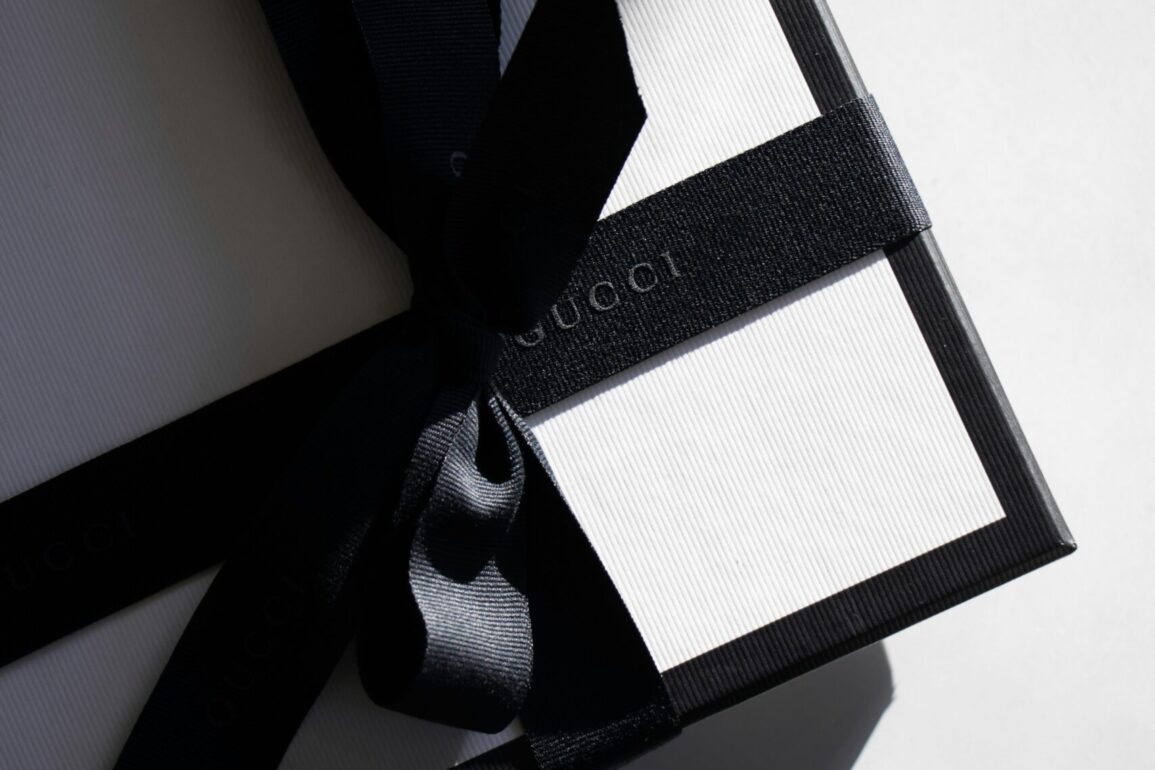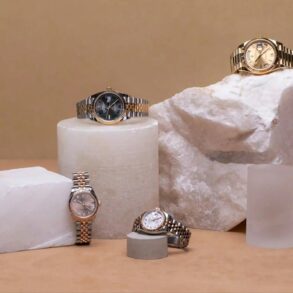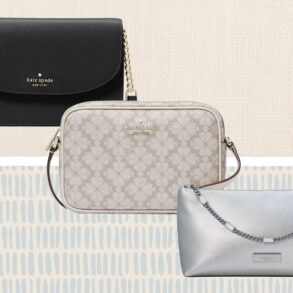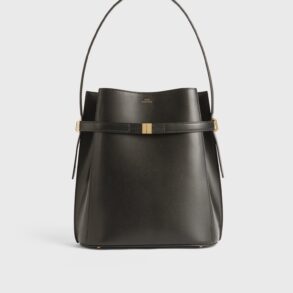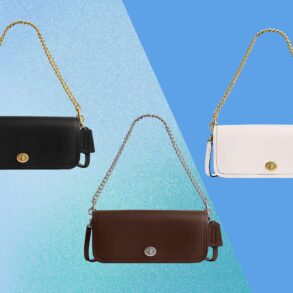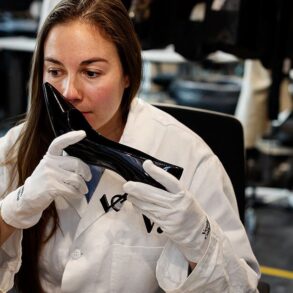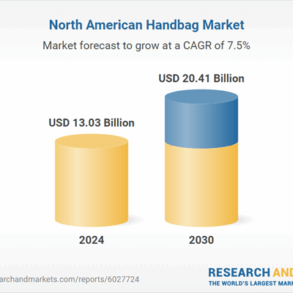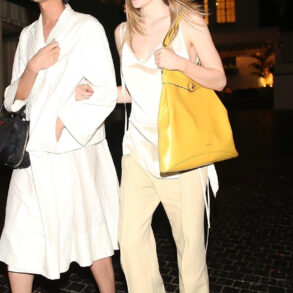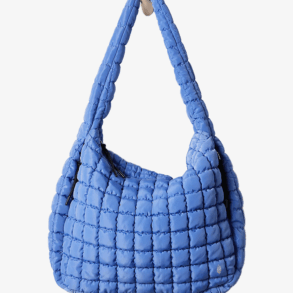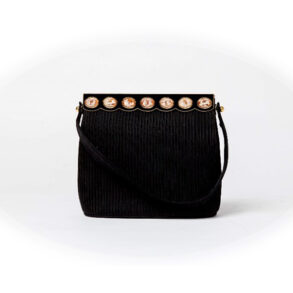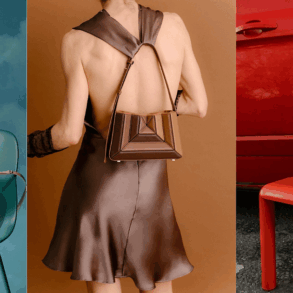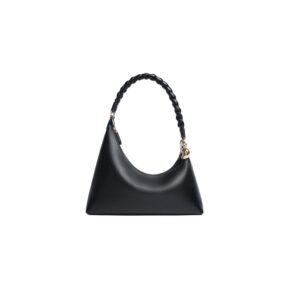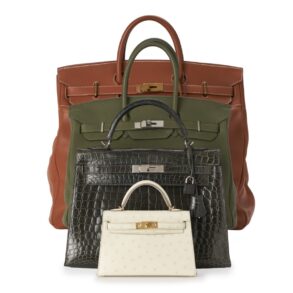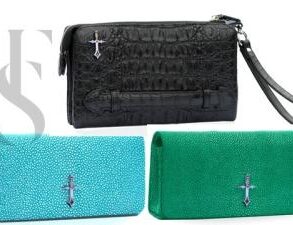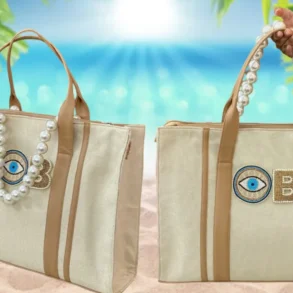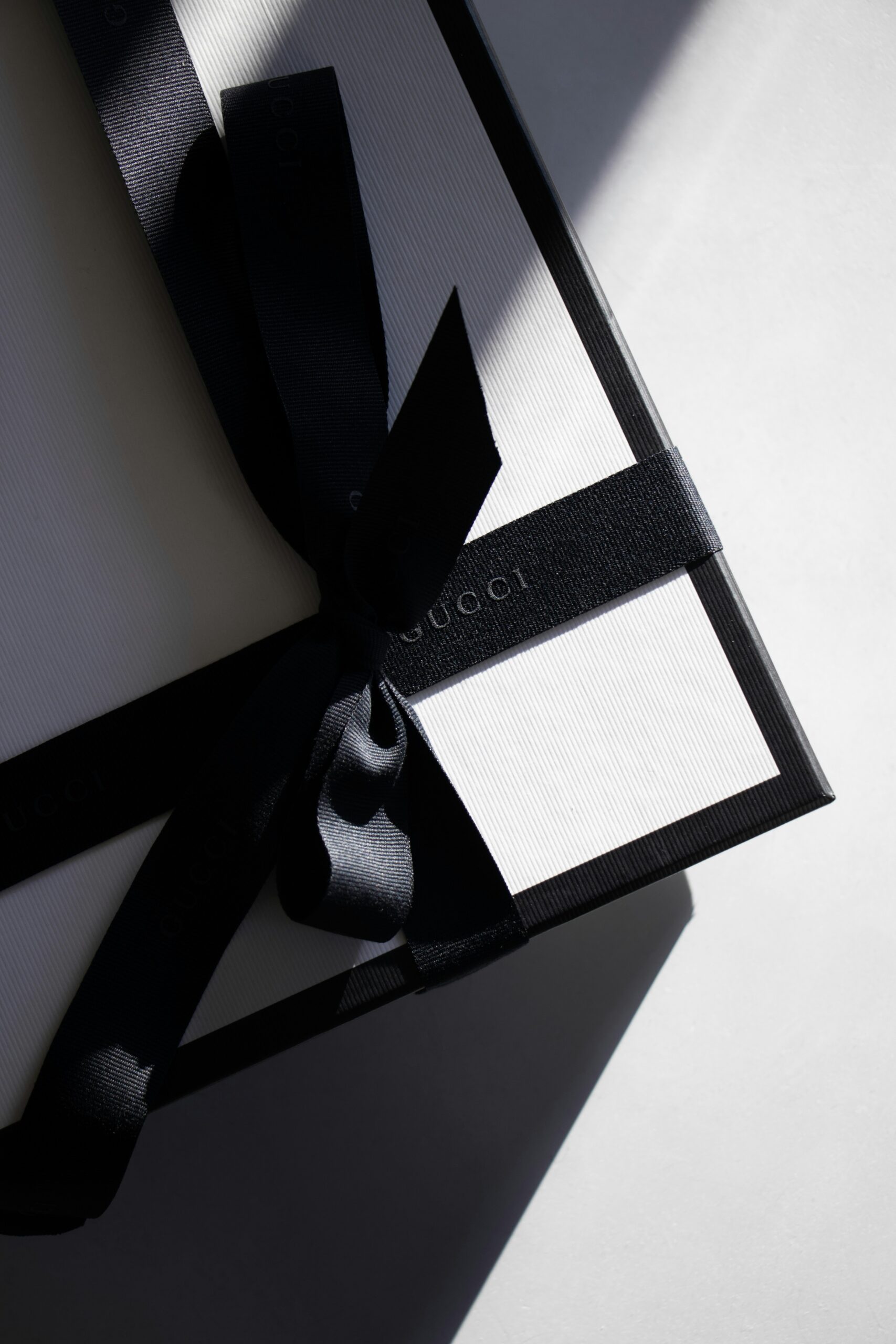
Jelly Revival: Gucci’s Marmont Moment And The Rise Of Jelly Shoes
In the ever-accelerating carousel of fashion trends, what’s old is new, and what’s shiny, translucent and slightly squishy is suddenly everywhere. The jelly trend, once confined to playgrounds and early-2000s boardwalks, is having a high-fashion renaissance. Where you might see little children wearing jelly shoes in the playground, it brings nostalgia to mind. And this time, it’s not just about shoes. Gucci has launched a new campaign featuring its Jelly Marmont handbags: a glossy, gummy take on its iconic silhouette. The internet is buzzing, and so is fashion’s collective memory.
While jelly sandals had a major moment in the late ’90s and early 2000s (think glittery purple slip-ons, worn poolside or paired with butterfly clips), their origin dates back to the post-World War II era. French fishermen popularized the waterproof plastic jelly shoes in the 1950s as a cheap alternative to leather. But leave it to Gen Z and high fashion to reimagine utilitarian plastic into something aspirational.
Gucci’s Glossy Rebrand
Gucci’s Jelly Marmont line debuted quietly but visually loud: ultra-saturated colors, exaggerated shine and a texture that recalls both candy and PVC raincoats. Some pieces arrive in neon lime and raspberry red, molded entirely from rubber, featuring a matte GG logo and matching chain strap made of the same flexible material.
In the context of recent runway trends, it feels undeniably Denma-coded. Balenciaga’s creative director, Demna, has long championed the absurd, the ironic and the ugly-chic. Gucci’s campaign, with its almost clinical lighting and offbeat model expressions, seems to borrow that language, offering the Jelly Marmont not just as a product, but as a fashion in-joke. It’s self-aware, intentionally tacky and perhaps even satirical. But of course, it’s still Gucci. The price tag isn’t plastic.
The Aesthetics of Artificiality
Fashion, in its most cyclical form, often turns to kitsch when sincerity begins to feel overplayed. In recent years, we’ve witnessed a revival of Y2K aesthetics, Crocs collaborations and inflatable accessories. Jelly sits comfortably within that lineage. It’s a kind of wearable nostalgia made palatable (and profitable) by irony. But why now?
The resurgence of jelly accessories may be symptomatic of a broader cultural fatigue. After years of minimalist “clean girl” aesthetics, neutral palettes and quiet luxury, maximalism has returned with a vengeance. Color is back. Texture is back. So is fun. In that landscape, jelly scratches a specific itch: to be seen and stand out.
Newness, Nostalgia, and What Comes Next
But here’s the thing: our generation craves newness. And when jelly bags go from ironic statement to It-item, where do we turn next? Gucci’s gamble with the Jelly Marmont walks a fine line between commentary and consumerism. It asks us to reconsider what makes something high-fashion: Is it the material? The message? The logo?
There’s something poetic about taking a childhood texture and recontextualizing it into an object of adult desire. But there’s also something fragile about it. Jelly, after all, is impermanent. It creases, it scratches, it warps in the sun. Maybe that’s the point. Maybe the fashion industry’s obsession with recycling the past is less about longevity and more about feeling something, even if only for a season.
For now, Gucci’s jelly moment is having its shine. And while we might cringe looking back in five years, we’ll remember that brief, strange period when rubber handbags ruled the runway, and everyone wanted to look a little like a living gumball machine.
This post was originally published on this site be sure to check out more of their content.


